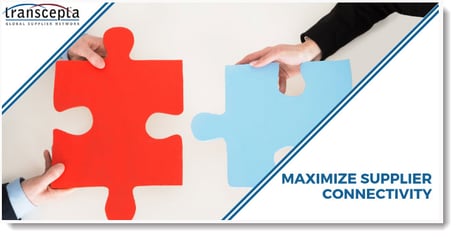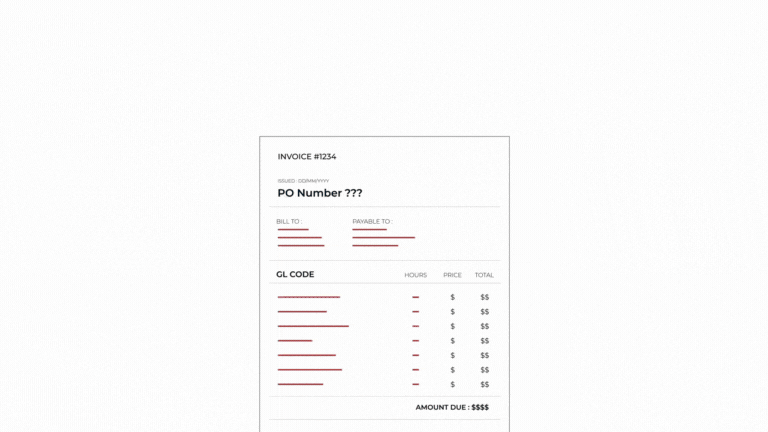
Technology has become an intricate facet of every part of life, especially in the business realm. As the world becomes more data-driven, new technologies have emerged in the financial world dawning a new Age of Intelligence. The accounts payable industry is no exception to the big data movement as new technologies have emerged to increase the efficiency of operations.
In a recent 2019 report, Ardent Partners provides valuable insight into the universe of accounts payable today, and it’s unprecedented potential to become the next large scale industry force. The full report can be accessed here, but we have summarized valuable points of emphasis we can take away from the report.
The Current State of Accounts Payable
Financial stakeholders have become increasingly aware of how Accounts Payable (AP) can impact their business. Many AP teams strive to become more efficient and mindful over their operations but struggle to implement big data technologies properly.
Traditionally seen as a problematic, drab, and error-prone process, many people view AP as a necessary component of doing business. Ardent Partners report that only 19% of companies consider their AP departments as extremely valuable, while 21% saw little value in the function as a whole.
Companies would like to see AP departments transform from archaic systems to more data-driven processes. According to Ardent Report’s survey, the top AP priorities for 2019 include:
- Improving AP reporting/data analytics (48%)
- Eliminating paper and reducing manual tasks (47%)
- Implementing AP automation (40%)
They recommend focusing the game plan over the next year on solving tactical and manual-based issues that have plagued the function for decades by implementing intelligence-based insights for more significant process optimization.
Issues with Invoice Exceptions
Reconciling and approving invoices is by and large still a manual task. As such, the Ardent Partners report has found that specific withstanding issues must be corrected to better optimize capabilities, including:
- Resolving discrepancies between POs and invoices (82%)
- Minimizing supplier error (48%)
- Lack of POs (45%)
- Fixing bottlenecks in the invoice approval process (33%)
Adopting E-Invoicing solutions can help eliminate paper waste, improve automation, and minimize errors as a byproduct.
How to Optimize Accounts Payable
According to a Deloitte report, Accounts Payable can be optimized to strengthen working capital by doing the following:
- Improving the vendor selection process
- Properly maintaining supplier master data
- Regularly reviewing vendor contracts
- Upholding high procurement standards
- Managing the invoice process
- Keeping accounting reports up-to-date
These steps can help support greater liquidity and improve the company’s bottom line.
The State of ePayables
As we enter the prime of the cloud-based technology age, AP can benefit from advanced platforms, solutions, and technologies to positively impact operations.
However, there must be a delicate balance between automation, innovation, and transformational thinking. The Ardent Report finds these key elements to be required to improve AP performance:
- “Smarter” systems that drive more efficiencies (76%)
- Deeper, more agile analytics (51%)
- Enhanced collaboration with key stakeholders (49%)
- Eradication of tactical tasks (49%)
Strategic thinking and enhanced system efficiency can be leveraged to achieve significant gains in the AP function.
Best-In-Class AP Performance
Performance-based metrics are vital for measuring progress. Ardent Partners set benchmark statistics for top-notch organizations and found the following metrics for best-in-class organizations vs. all others.
- Cost to process a single invoice - $2.18 (compared to $12.60)
- Time to process a single invoice - 2.9 days (compared to 10.8 days)
- Invoice exception rate - 10.1% (compared to 23.3%)
- Percentage of invoices processed “straight-through” - 65.3% (compared to 19.2% on average for most organizations)
As you can see, the best-in-class performers have leveraged technology in the AP process, helping to cut invoice processing costs by nearly 83% while doing it in less than one-third of the time.
Strategies for Success
AP functions have become a new frontier for impacting the greater enterprise and improving financial efficiency. Properly utilizing data management can drive improved AP performance.
Some common strategies that should be implemented by AP departments include:
- Using comprehensive AP automation solutions
- Positioning AP to add value to other components of the business
- Encouraging coll
To learn more about e-invoicing for AP departments, connecting suppliers electronically, and more, please see out guide on Maximizing Supply Chain Connectivity below.
Related Posts
- Recorded Webinar: Straight-Through Process Your AP Invoices Into Oracle ERP Cloud
- Machine Learning and AI for Straight-Through AP Invoice Processing
- Why OCR is Not E-Invoicing
- Straight-Through Process Your AP Invoices Into Oracle ERP Cloud With Transcepta
- Is PDF Invoicing Really E-Invoicing? (Download Our White Paper)
- The Pros and Cons of Invoice Capture Tools




